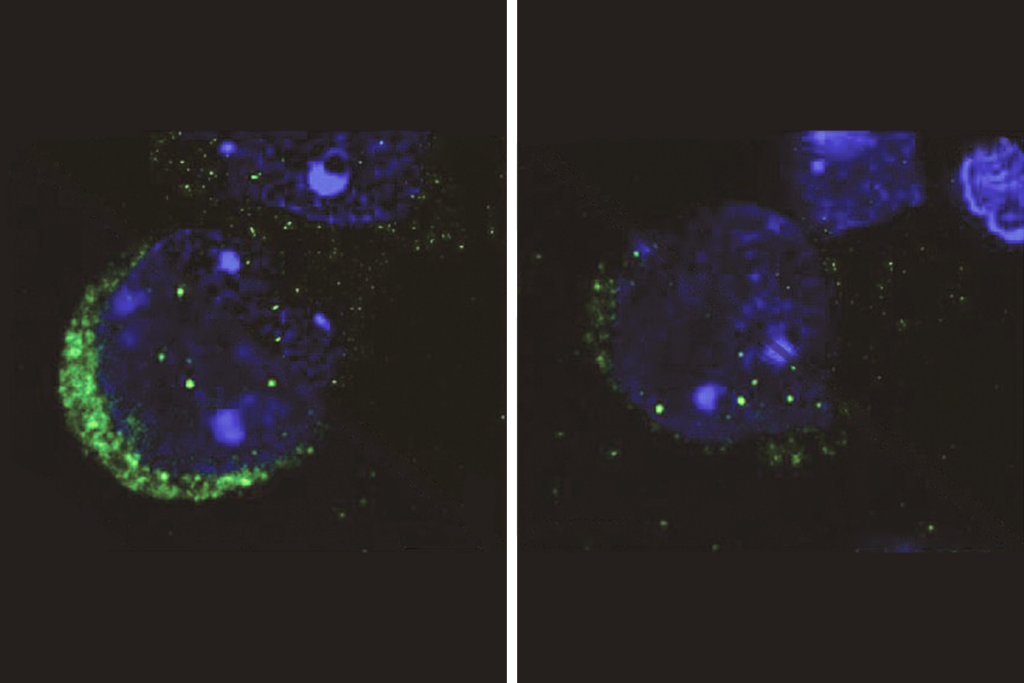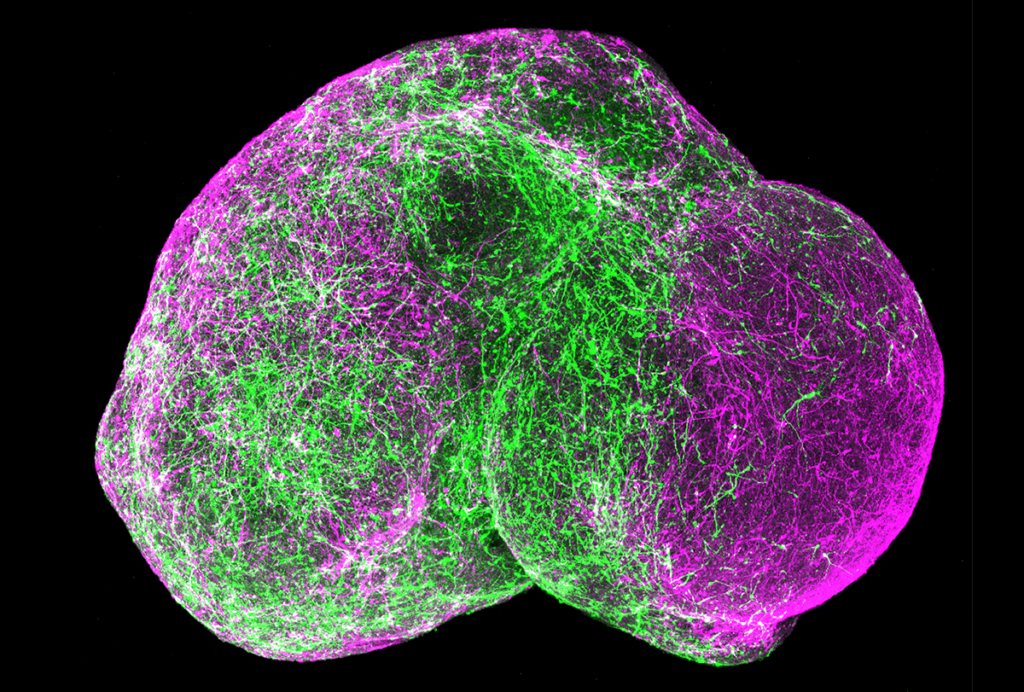Cognition and behavior: Study probes speech processing
Children with autism activate more brain regions than controls do when listening to tonal inflections in speech that convey meaning. The findings were published 19 December in Child Neuropsychology.
Children with autism activate more brain regions than controls do when listening to tonal inflections in speech that convey meaning. The findings were published 19 December in Child Neuropsychology1.
The results suggest that understanding language is less automatic and requires more effort for individuals with autism than it does for controls, the researchers say.
Autism is associated with deficits in theory of mind, the ability to understand the intentions and beliefs of others. This inability to ‘mind-read’ is tied to the social problems that are a core feature of autism, but studies also show a close relationship between theory of mind deficits and language.
Prosody, which refers to the pitch, intensity and pacing of speech, can inform both grammatical and emotional characteristics of language. For example, how someone says a neutral sentence, such as “She is typing fast,” can turn it into a question or an expression of anger. Studies have suggested that individuals with autism are less able to detect prosody than controls are, but it is not clear whether this is due to an underlying social or language deficit.
In the new study, researchers used functional magnetic resonance imaging, or fMRI, to scan the brains of 16 individuals with autism and 11 controls, between 9 and 17 years of age. The participants listened to a series of sentences that were spoken as either questions or statements, in either a neutral or an angry way.
The researchers combined these four characteristics in various ways to identify the brain regions that respond to changes in the grammar of a sentence — by pairing an angry statement with an angry question, for example — or the emotion, by pairing a neutral statement with an angry statement.
To ensure that the participants did not explicitly focus on prosody, the researchers asked them to say whether the sentence referred to a living creature, which was true half of the time. The children with autism answered this question as accurately as controls did, the study found, suggesting that the two groups were paying attention to the task equally.
Different brain regions respond to prosody that conveys grammar characteristics compared with prosody that expresses emotion, the study found. For example, the contrast between a question and a statement — a difference in grammar — primarily activated the left superior temporal gyrus, a brain region implicated in language. This region did not respond to a contrast between neutral and angry sentences that denoted a change in emotion.
The brains of children with autism respond differently to contrasts in prosody compared with controls, the study also found. Those with autism use a number of brain regions involved in language, memory and theory of mind that typical children do not use.
For example, the contrast between neutral and angry statements activated mainly the left inferior frontal gyrus, a region involved in language comprehension, in the typical children. However, in the individuals with autism, it activated the inferior right medial frontal gyrus, right superior temporal gyrus, bilateral parahippocampal gyrus, right precentral gyrus and the left globus pallidus.
Individuals with autism may have trouble identifying the most important aspects of speech, and as a result focus more on prosody than the task demands, the researchers say.
References:
1: Eigsti I.M. et al. Child Neuropsychol. Epub ahead of print (2011) PubMed
Recommended reading

Autism traits, mental health conditions interact in sex-dependent ways in early development

New tool may help untangle downstream effects of autism-linked genes

NIH neurodevelopmental assessment system now available as iPad app
Explore more from The Transmitter

Five things to know if your federal grant is terminated
It’s time to examine neural coding from the message’s point of view
